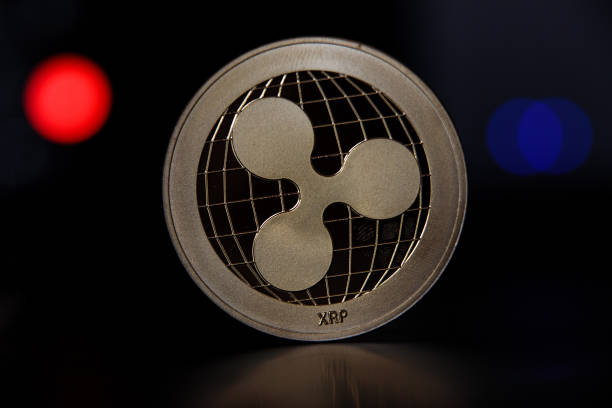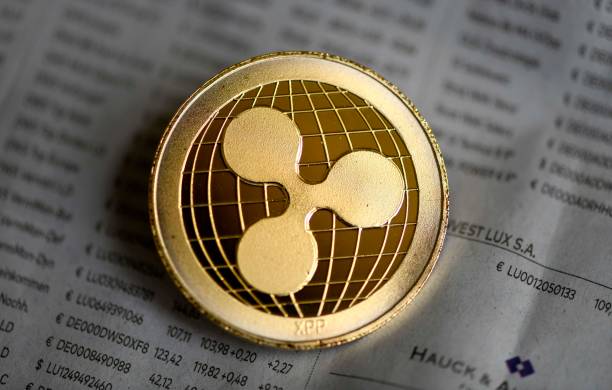Former founder and chairman of Murphy and McGonigle law firm James A. Murphy, also known as MetaLawMan, has delved into the legal battle between Ripple Labs and the US Securities and Exchange Commission (SEC), offering his perspective on the bigger argument in the case.
Bigger Argument Within The Ripple Vs. SEC Case
James Murphy revealed his insights on the legal dispute in an interview with Scott Melker on the Wolf where he examined the SEC’s damages theory in the case. According to Murphy, Ripple recently had a very lucky break, which he perceives as the bigger argument in the court case.
He then drew attention to a previous ruling by the Second Circuit Court of Appeals, which states that the SEC must prove misconduct by naming actual money-losing victims or something identified as pecuniary harm in order for there to be a disgorgement.
He stated:
The Second Circuit Court of Appeals ruled at the end of last year that in order for there to be a disgorgement, there have to be victims of the frauds, victims of the securities law violation. There has to be something called the pecuniary harm that means actual losses.
However, applying this statement to the SEC’s filing on the damages theory, Murphy asserted that a piece of the filing mentioned the presence of pecuniary harm in XRP sales, but they do not correspond to a single purchase of XRP.
Generally, the SEC’s lawsuit is predicated on the notion that certain buyers of XRP were adversely affected financially because they purchased the product at a lower price than others.
Consequently, it would be difficult for the court to demonstrate that the proposed $850 million punishment is appropriate in the absence of actual harm evidence. Considering the nature of the case, Murphy believes that the aforementioned figure will be significantly lower when punishment is finally established.
Addressing the concept of disgorgement, Murphy emphasized that in the absence of identifiable victims, the disgorgement that seeks to reimburse those harmed for illegitimate profits becomes unsustainable.
Therefore, there is no $200 million interest since interest triggers a disgorgement. Nonetheless, it is still possible to have a penalty in the absence of victims and disgorgement judgment.
$2 Billion Fine Request By The SEC
It is noteworthy that the SEC has filed a motion asking US Judge Torres Analisa to grant its requested fine of about $2 billion from Ripple as its final judgment against the payment firm.
The regulatory watchdog is requesting $1,950,768,364 in total from Ripple. Specifically, the grant would propel Ripple to pay $876,308,712 in disgorgement and demand a civil penalty of $876,308,712 and prejudgment interest of $198,150,940.
So far, Ripple Chief Executive Officer (CEO) Brad Garlinghouse has criticized the agency regarding the move. Garlinghouse slammed the SEC, saying that this had never been done before and that he and the firm would keep exposing the Commission to what it is when they respond to the motion.









